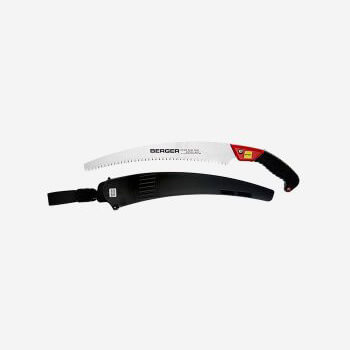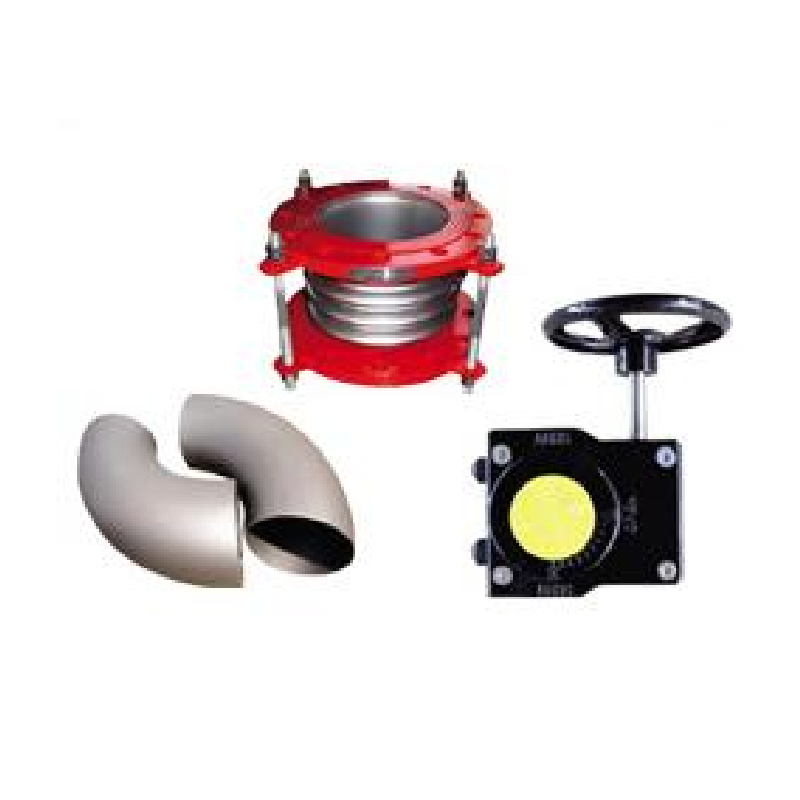Jun . 02, 2025 23:31 Back to list
Expert Cable Selection & Sizing Guide Circuit Breaker & Solar Solutions
- Fundamentals of electrical cable system design
- Critical parameters influencing cable performance
- Protection devices integration with cabling
- Special considerations for photovoltaic systems
- Technical comparison of leading manufacturers
- Project-specific engineering approaches
- Implementation guidelines across industries

(cable selection and sizing)
Mastering Cable Selection and Sizing for Electrical Systems
Proper electrical infrastructure design begins with precise cable selection and sizing
methodologies. Industry data reveals that incorrect cable choices account for 23% of electrical system failures in industrial settings. Beyond basic ampacity calculations, engineers must evaluate installation environments, dynamic load patterns, and long-term degradation factors. The International Electrotechnical Commission's IEC 60287 standards provide fundamental guidelines, but real-world applications require additional considerations like harmonic distortion effects and thermal runway potential. Documentation resources such as the solar cable sizing PDF from leading certification bodies have become essential references for renewable energy projects.
Key Technical Parameters in Cable Specification
Current carrying capacity remains the primary sizing criterion, with temperature derating factors causing 40% performance variations between installations. Voltage drop calculations deserve equal attention - the National Electrical Code mandates maximum 3% drop for branch circuits and 5% for feeders. Insulation materials demonstrate significant performance differences: XLPE maintains dielectric integrity up to 90°C compared to PVC's 70°C limit. Mechanical considerations include minimum bending radii (typically 6-12 times cable diameter) and tensile strength requirements for vertical runs. Recent UL certifications now require enhanced flame-retardant properties meeting FT4/IEEE 1202 standards for commercial installations.
Circuit Protection Coordination Principles
Effective cable size and circuit breaker selection requires precise ampacity matching to prevent both nuisance tripping and protection failures. Coordination studies confirm that breakers must operate within the cable's short-circuit withstand duration (typically 0.05-2 seconds depending on cross-section). The let-through energy (I²t) of molded-case circuit breakers should remain below 35% of the cable's thermal damage threshold. For feeder cables above 250kcmil, engineers must consider equipment grounding conductor sizing ratios (12.5%-100% per NEC Table 250.122). Arc flash analysis now integrates cable parameters, with IEEE 1584 calculations showing 22% reduced incident energy when using current-limiting breakers with properly sized conductors.
Photovoltaic System Implementation Requirements
Solar installations introduce unique cable selection challenges documented in technical resources like the industry-standard solar cable sizing PDF guides. PV wire must withstand 90°C operation with double-layer UV-resistant insulation, while direct burial installations require moisture-blocking designs. System voltage considerations are critical - 1500VDC arrays demand reinforced insulation thickness exceeding standard 600VAC cables by 180%. Temperature derating becomes particularly crucial with solar, as rooftop temperatures can exceed 70°C, reducing current capacity by 35%. Emerging standards now include mandatory 150% overcurrent device sizing for PV output circuits and arc-fault detection integration.
Manufacturer Technical Comparison
| Manufacturer | Warranty Period | Maximum Temperature | Short Circuit Rating | Certifications | PV Solutions |
|---|---|---|---|---|---|
| Nexans | 25 years | 120°C | 42kA/1sec | UL, ICEA, CE | TUV-certified |
| Prysmian | 20 years | 110°C | 35kA/1sec | UL, CSA, IEC | UV-resistant |
| Southwire | 15 years | 90°C | 30kA/1sec | UL, MSHA | Photovoltaic-rated |
| LS Cable | 30 years | 130°C | 50kA/1sec | UL, KEMA, CUL | Double-insulated |
Application-Engineered Implementation Approaches
Marine installations employ tinned copper conductors with anti-fungal jacketing, demonstrating 65% longer service life in saltwater environments. Mining applications utilize MSHA-approved cables with reinforced abrasion resistance capable of withstanding 500% more flex cycles. For tunnel boring machines, engineered solutions incorporate simultaneous 33kV power transmission and fiber-optic communication within single cable assemblies. Data center implementations now deploy specially formulated "megawatt cables" with 2500A capacity in 4.5" diameter configurations, reducing thermal hotspots by 40% compared to multiple parallel runs. Customized solutions regularly include unique marking requirements such as UV-resistant phase identification or sequential footage indicators.
Optimized Cable Sizing and Selection Implementation
Effective cable selection and sizing requires systematic project lifecycle analysis. Thermal imaging assessments at industrial facilities reveal that 68% of installations exceeding 80% ampacity experience accelerated insulation degradation. Implementation best practices include mandatory voltage drop verification during commissioning and scheduled infrared inspections at 25% load intervals. Documentation protocols should incorporate the complete calculation methodology, including all derating factors and protection coordination studies. For complex projects, specialized software now incorporates dynamic thermal modeling that adjusts for load cycling patterns. Final validation should reference both national codes (NEC/IEC) and equipment manufacturer requirements, particularly for circuit breaker coordination with conductor sizing. The entire cable selection and sizing process remains critical for operational safety with OSHA reporting 12% reduction in electrical incidents following proper implementation.

(cable selection and sizing)
FAQS on cable selection and sizing
Q: What factors influence cable selection and sizing in electrical installations?
A: Cable selection depends on current-carrying capacity, voltage drop limits, environmental conditions (temperature, moisture), and installation methods. Compliance with standards like IEC 60228 or NEC ensures safety and efficiency. Proper sizing prevents overheating and energy loss.Q: How does cable size relate to circuit breaker selection?
A: Cable size must match the circuit breaker’s current rating to avoid overheating or tripping. The breaker protects the cable from overcurrents, requiring coordination per standards like IEC 60364. Undersized cables can cause breaker malfunctions or fire hazards.Q: Why is solar cable sizing critical for photovoltaic systems?
A: Solar cables handle DC currents and outdoor exposure, requiring UV-resistant insulation and precise sizing to minimize power loss. Standards like IEC 62548 guide sizing based on array output and temperature. Incorrect sizing reduces efficiency and risks system failure.Q: Are there free resources for solar cable sizing calculations?
A: Yes, many solar cable sizing PDF guides, such as those from Solar Power World or IEC 62548, provide step-by-step calculations. These include voltage drop formulas, temperature derating tables, and safety margins. Manufacturer websites also offer downloadable tools and charts.Q: How do voltage drop considerations affect cable sizing decisions?
A: Voltage drop limits (typically 3-5% of supply voltage) dictate minimum cable cross-sectional areas. Larger cables reduce resistance and voltage loss over long distances. Calculations using Ohm’s Law or software tools ensure compliance with regulatory standards.Share